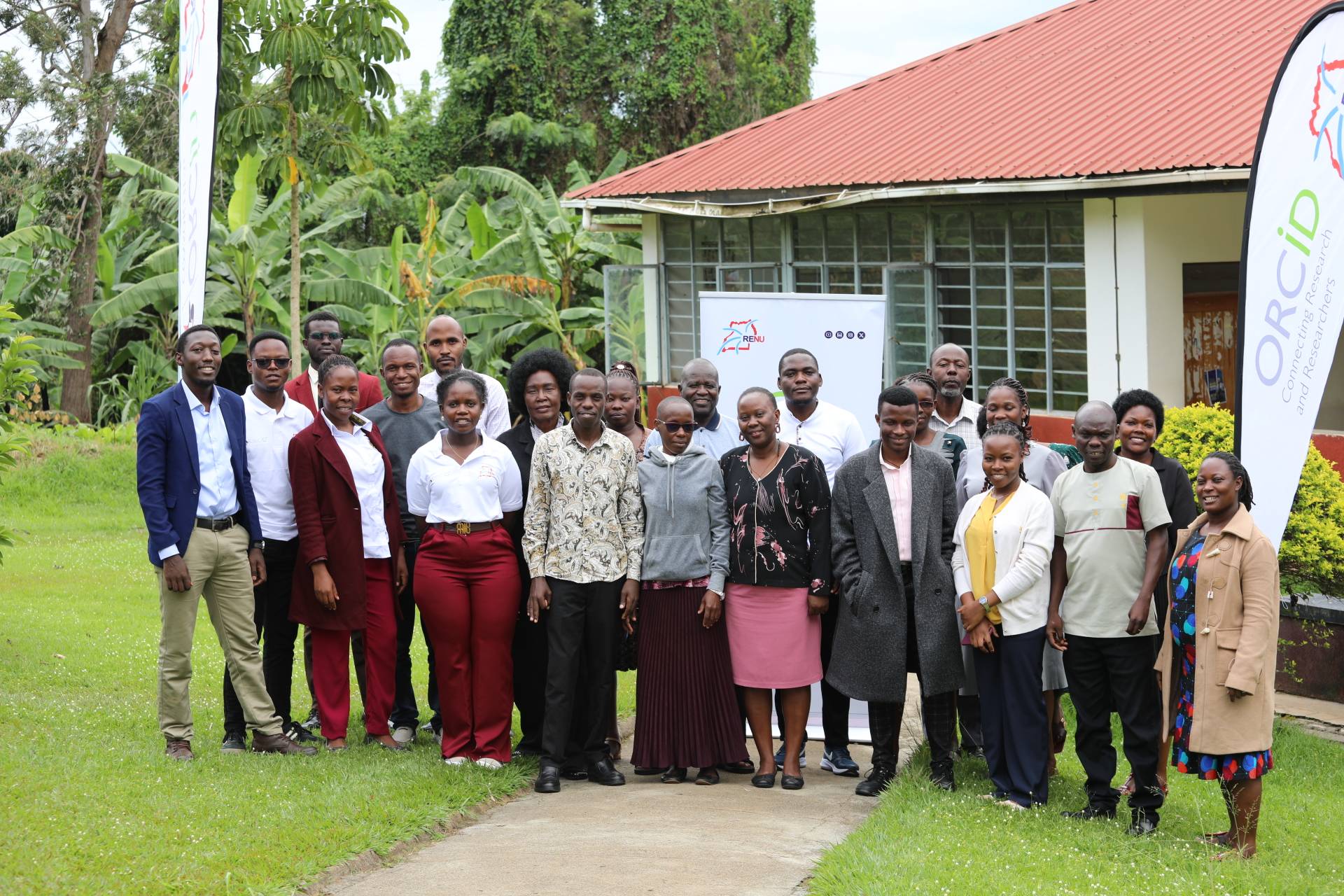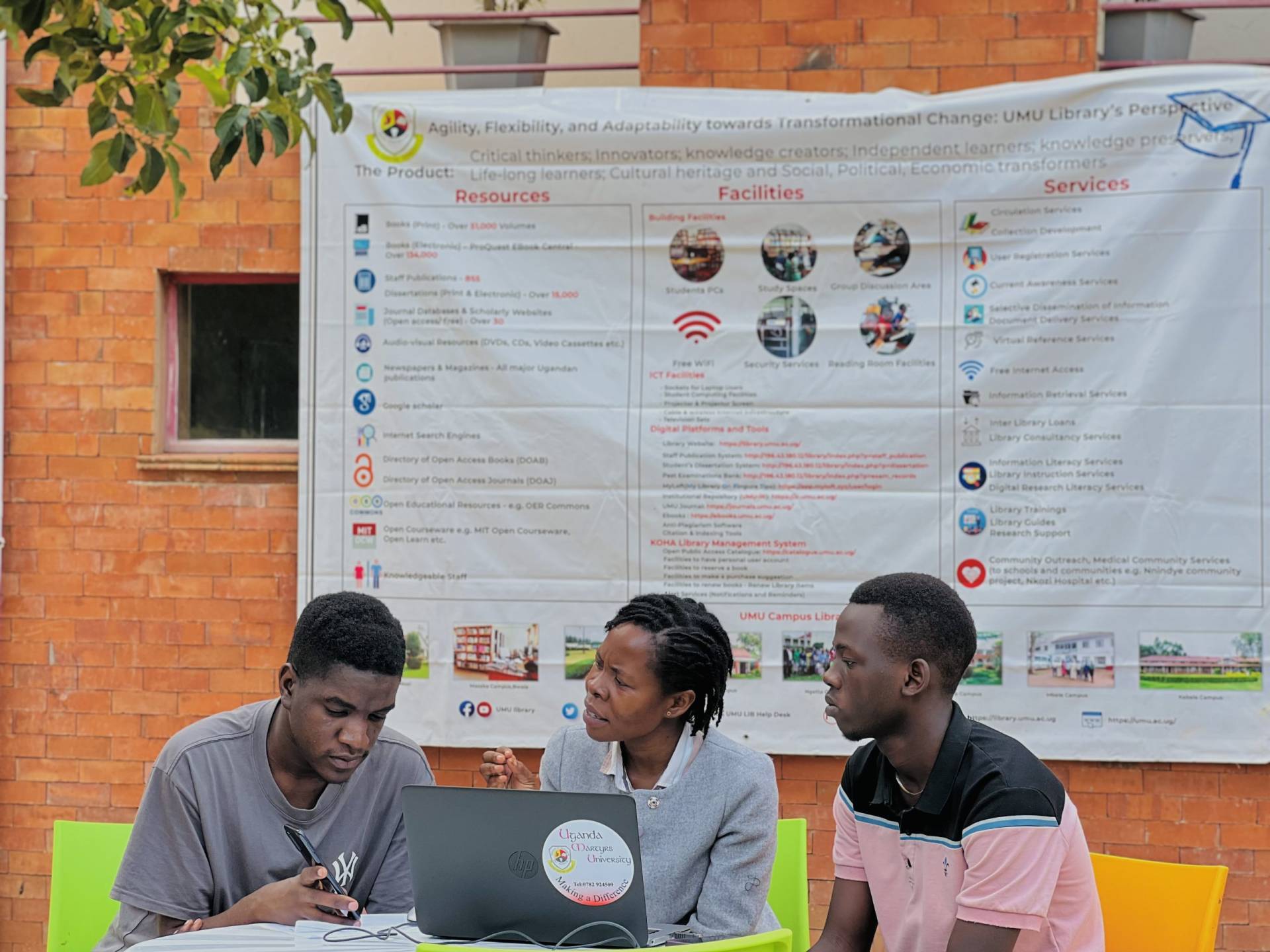









A Gateway to Academic Success. Library orientation is a valuable introduction to the resources, services, and facilities available in a library. For students, especially those new to a school or university, attending a library orientation session can be pivotal in their academic journey. Here are some key benefits: Familiarization with Resources During orientation, students learn how to access a wide range of resources, including books, academic journals, e-books, databases, and multimedia materials. This knowledge is critical for research, assignments, and broadening academic perspectives. Research Skills Development Library orientation provides students with foundational research skills. They are guided on how […]
A place where it's good to be
Research Support given to Users
Library Team 2024
Welcome to Archbishop Kiwanuka Memorial Library
About Us
The Library of Uganda Martyrs University, referred to as the Archbishop Kiwanuka Memorial Library, was founded at the inception of the University in 1993. It is named in memory of the first African bishop, Late Archbishop Joseph Nakabaale Kiwanuka (1899-1966) because of his visionary thinking, especially for conceiving the idea of establishing a catholic University in Uganda.
The library boasts of a collection of over 54,000 volumes in print, 30,000 online journals, and over 200,000 titles of e-books, all relevant to the courses taught by the university.
Library Opening Hours
Monday – Friday
8:00 AM – 10:00 PM
Saturday
9:00 AM – 5:00 PM
Sunday
11:00 AM – 2:00 PM
Upcoming events
Sorry no post found
Quick Links:
Access
Library Social Media pages
Library Staff are Here to Help!
Need help!
The library department has an online chat service via Telegram called UMULib Helpdesk.
This service is live. It enables you to interact and chat with our staff in real-time with regard to your library information needs irrespective of where you are located. We encourage you to start joining this online service and chat with us at the library. You can also contact the librarians for your queries at:
email address: library@umu.ac.ug
Latest News
Find out all the latest updates from the library department:
Boosting Research Visibility using ORCID’s : RENU visits Uganda Martyrs University
Boosting Research Visibility: Uganda Martyrs University Hosts Successful ORCID Capacity
Access to JSTOR
JSTOR (short for Journal Storage) is an interdisciplinary database that is especially useful
Library orientation – 2025
A Gateway to Academic Success. Library orientation is a valuable
Archbishop Kiwanuka Memorial Library exhibits at NCHE exhibition
The Archbishop Kiwanuka Memorial Library (ABK Library) of Uganda Martyrs







